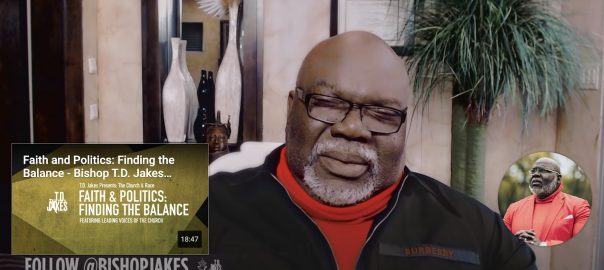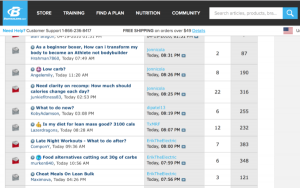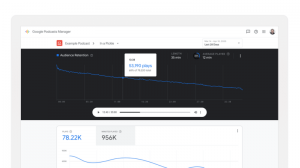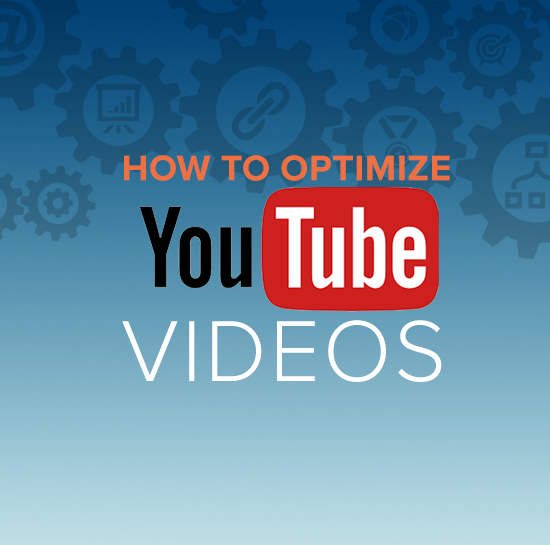 Is Google the first thing that comes to mind when you think of SEO? Yeah, us too. But did you know that YouTube is its own search engine? Yep, you read that right! It’s the second-largest search engine in the world, right after Google (oh, and Google owns YouTube of course, so double the Google exposure)!
Is Google the first thing that comes to mind when you think of SEO? Yeah, us too. But did you know that YouTube is its own search engine? Yep, you read that right! It’s the second-largest search engine in the world, right after Google (oh, and Google owns YouTube of course, so double the Google exposure)!
Unfortunately, YouTube and video SEO are often left as a lower priority in terms of optimization efforts. Let’s change that! If you want to increase your YouTube visibility and rankings, but aren’t sure where to start, keep reading!
Keyword Research
First things first: keywords, baby! When users visit YouTube, all they’re doing is typing in search queries to find the best videos that fit their search intent. Which means you need to really understand their needs and their language. Similarly to how you might optimize your website, you must approach content creation (specifically, video), in a strategic way. Not only should the content within your videos match your users’ search intent, but so should the keywords you are using in your title, description, tags, etc!
Ask yourself these questions: What is my target audience looking for? If my business provides a solution to a problem they are facing, what might they search for to find that solution? What search terms are relevant to my audience and my business? Does my target audience want quick-hit information or are they willing to spend a good chunk of time watching? This question is important because if they want something fast, they’ll include keywords in their search queries like “how to xx fast”, “quick and easy recipes”, “short workouts”, etc.
#IronTip: We love using TubeBuddy for YouTube keyword research for our clients! It’s a certified YouTube SEO tool that connects directly to your YouTube dashboard.
Insert Your Keyword In Your Video Title
The title of your video often determines whether or not a viewer will click to watch. It’s important that your title sounds natural, yet eye-catching, so try to avoid keyword-stuffing. Make it intriguing, clear, and concise. Try to limit your title to 60 characters to keep it from getting cut off on the results page.
#IronTip: Including your keyword at the beginning of your title is known to boost SEO!
Optimize Your Description
Your video description helps YouTube and Google understand the context of your video. When optimized and structured properly, it can help you rank higher and show up in the suggested video sidebar. You should include your keyword in the first 25 words, have the description be around 300 characters (what’s known as the most optimal length) and include your keyword 2-4 times throughout without making it sound spammy, depending on the length of your description. If it only has three sentences, inserting your keyword four times won’t read well!
Add Tags
Tags can help you grow your YouTube audience as well as help YouTube and Google learn what your video is about. You should create tags that are based on your topic and are relevant to your targeted keyword. You’ll want to lead with the most important keywords first and then mix in terms that are common and longer-tailed.
#IronTip: Don’t be afraid to use the same tags your competitors are using! It’s a marketing best practice that’s been used by many.
Use an Engaging Thumbnail
Visuals are everything on YouTube. Just like your title, your thumbnail lets the viewer know what your video is about, and this can impact the number of clicks and views your video gets. Custom thumbnails can help you stand out from the crowd! Please note that you must have a verified YouTube channel to use custom thumbnails.
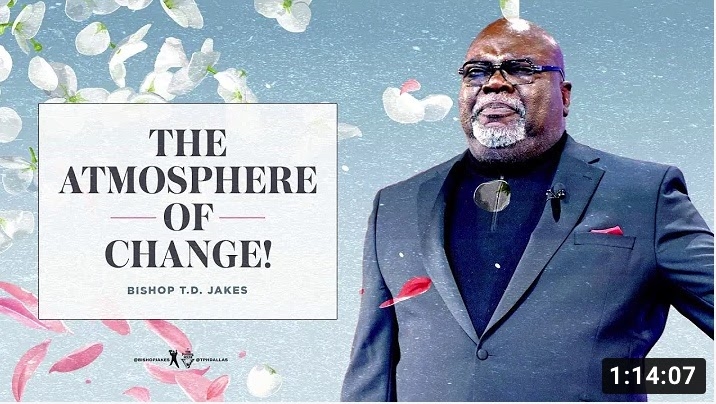
Add Cards and End Screens
What are Cards?
When watching a video you may have noticed a small white circular icon with an “i” on it. These are called cards, and they are preformatted notifications that appear on desktop and mobile which you can set up to promote your brand and other videos on your channel. There are a variety of card types. Some include merchandise, fundraising, video, and polls. Moreover, cards are the solution for driving actionable results from your video content!
What are End Screens?
End screens are similar to cards but are more visual and take place during the last few seconds of your video. End screens keep your audience interested in other videos you have posted on your channel and can also be used to prompt viewers to subscribe to your channel like the example below.
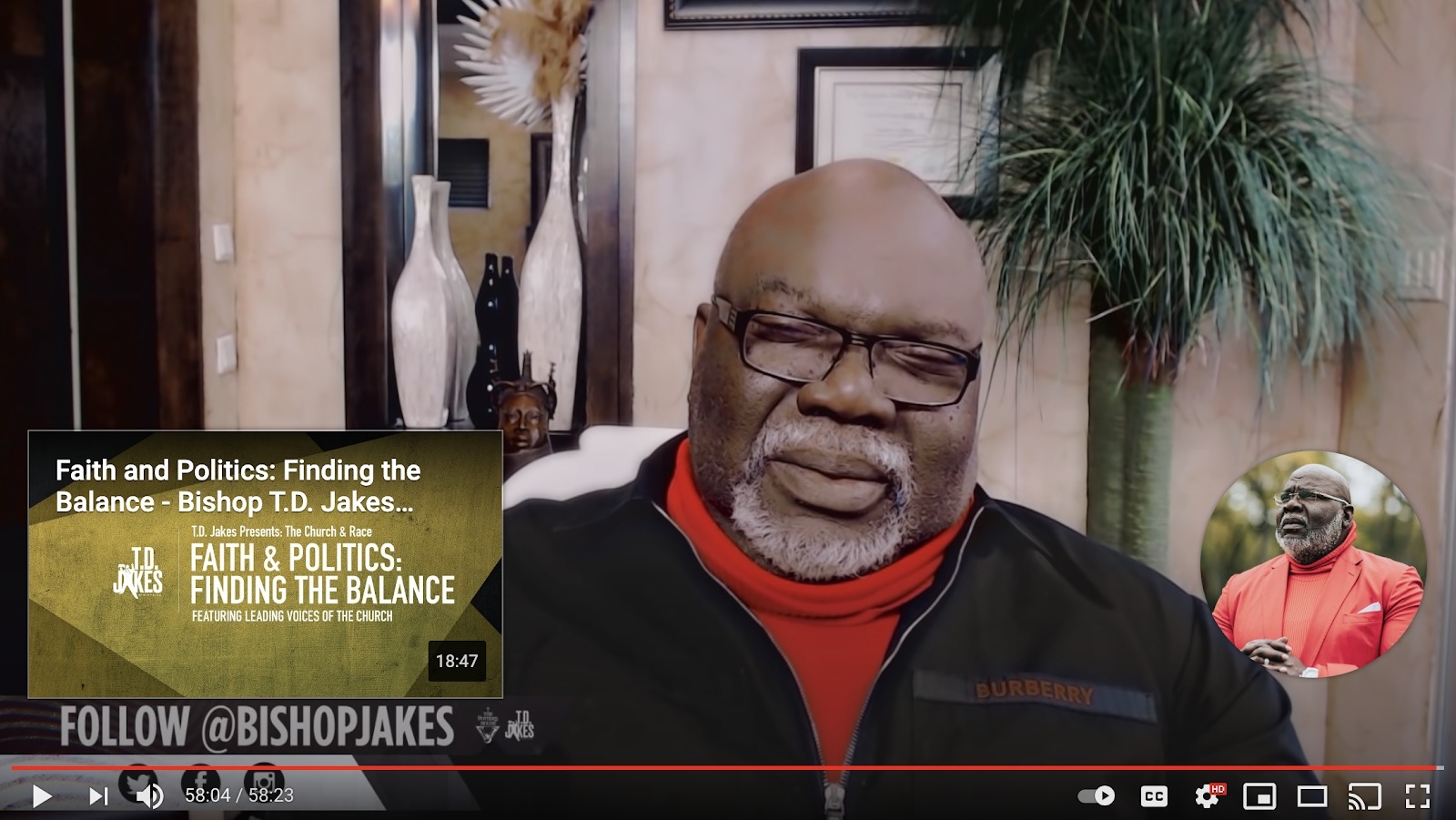
Final #IronTips and Tricks
Before we say our goodbyes, we’d be remiss if we didn’t share the following tips and tricks!
-
- Of course, you will want to make sure that your “About” info is up-to-date and includes your primary keywords!
- Add an eye-catching cover photo and logo to your channel.
- Remember to embed your videos on your website. For example, here’s one of ours!
- ENGAGE! Allow comments on your videos and engage with your users if they do leave comments! This is super helpful with how YouTube’s algorithm works. And the more you engage, the more likely you are to find out if there is other content your users would like to see on your channel! Give the people what they want!
Once you’ve got the basics down, you should start to see an improvement in your views. And once you really get going, you might even be able to benefit from YouTube monetization. But, that’s a story for another time. We hope this guide was helpful.
Digital & Social Articles on Business 2 Community
(67)
Report Post